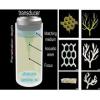
NIH-funded researchers have outlined a method to print biocompatible structures through thick, multi-layered tissues using focused ultrasound.

NIH-funded researchers have outlined a method to print biocompatible structures through thick, multi-layered tissues using focused ultrasound.
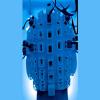
A new wearable brain scanner is the first of its kind to accurately record magnetic fields generated by brain activity while people are in motion.
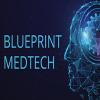
NIH Blueprint MedTech program has issued nine awards in its first competition cycle. The program seeks to accelerate transformative medical devices to treat disorders of the nervous system.
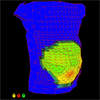
Artificially causing – or inducing – labor is becoming increasingly common, yet this practice comes with risks and its level of success is difficult to foresee. But now, new research may offer a way to help predict outcomes and improve the process.
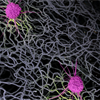
Introducing medical devices — commonly made of materials such as titanium, silicone, or collagen — into our bodies can elicit a host of different immune responses. While some responses can harm our bodies, others can help heal them. A new study fills in a critical piece of the puzzle.
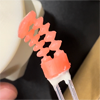
Navigating the labyrinthine vasculature of the brain with standard surgical instruments can be incredibly challenging, even for the steadiest of hands. But with some robotic assistance, brain surgeons could potentially operate with far greater ease.
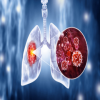
Researchers at Ohio State University have developed nanocarriers derived from mice skin cells that reduced lung inflammation in mice. Further research could lead to a treatment for acute respiratory distress syndrome and other conditions.
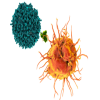
Dendritic cells are key orchestrators of the immune response, but most vaccination strategies don’t effectively target them. NIBIB-funded researchers have developed biodegradable nanoparticles that are designed to deliver mRNA cargo to dendritic cells in the spleen. Combined with another type of immunotherapy, their vaccine had robust antitumor effects in multiple mouse models.
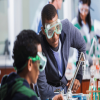
An NIBIB-funded research education program designed to diversify the biomedical workforce inspired two participants to pursue Ph.D. research in biomedical engineering.
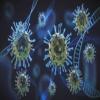
Some people using antigen tests have experienced a negative test result only to find out that they have the virus. New research shows that repeat testing every other day increases the detection of the SARS-CoV-2 virus.